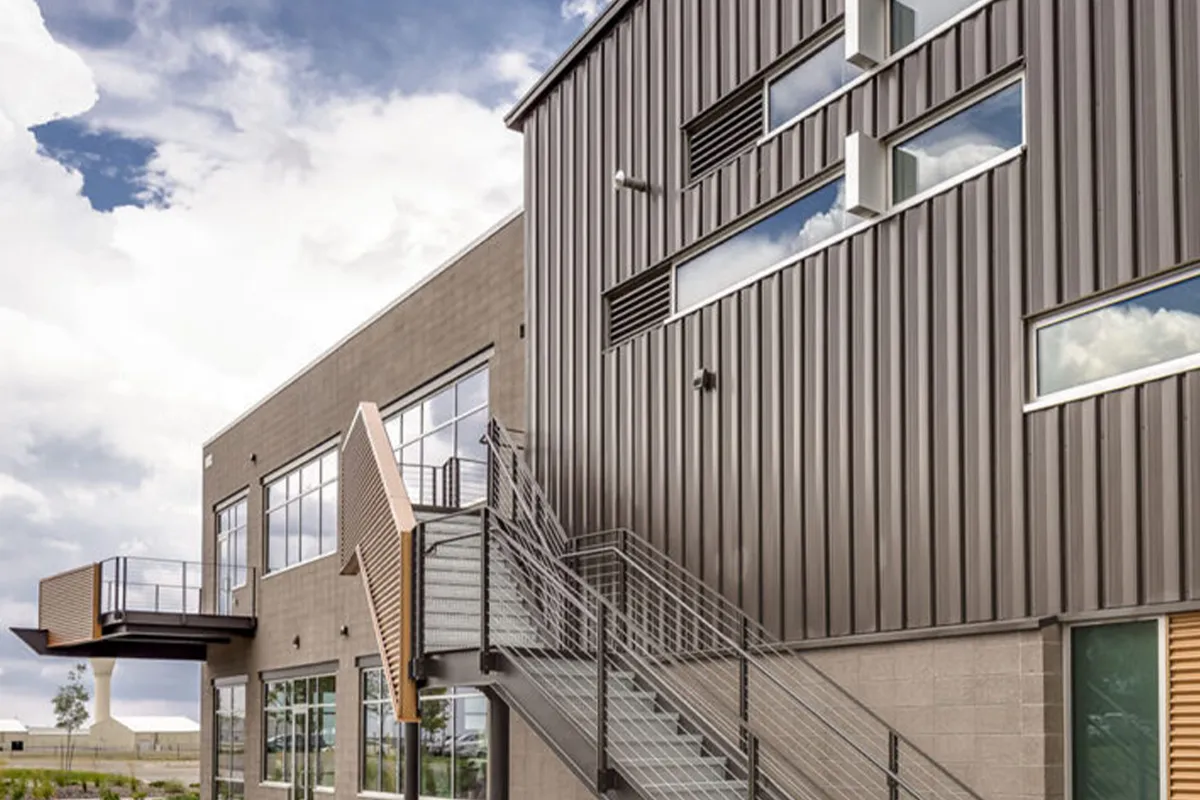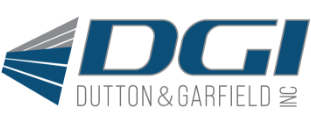
Choosing the Right Metal Building System for Your Business
Selecting the right metal building system for your business is a critical decision that can significantly impact your operations and bottom line. Metal building systems offer unparalleled flexibility, durability, and cost-effectiveness, making them an ideal choice for various industries. At Dutton & Garfield, Inc. we understand the complexities involved in choosing the right system, and we're here to guide you through the process. In this article, we'll provide an overview of metal building systems, compare different types, highlight their benefits for various industries, and discuss key considerations and implementation strategies.
Overview of Metal Building Systems
Metal building systems are prefabricated structures that consist of steel components engineered to fit together precisely. These systems are designed to meet specific project requirements and can be customized for a wide range of applications. Key components of metal building systems include:
- Primary Framing: The main structural framework, typically consisting of steel columns and beams.
- Secondary Framing: Includes purlins, girts, and bracing that provide additional support and stability.
- Wall and Roof Panels: These are the exterior coverings made from steel or other materials, providing protection and aesthetic appeal.
- Insulation: Optional components that enhance energy efficiency and climate control within the building.
- Accessories: Doors, windows, vents, and other elements that customize the building to meet specific needs.
Metal building systems are known for their versatility and can be used for a variety of purposes, including warehouses, manufacturing plants, retail spaces, office buildings, and recreational facilities.
Comparing Different Types of Metal Buildings
When choosing a metal building system, it's important to understand the different types available and their unique characteristics. Here are the most common types of metal buildings:
Rigid Frame Buildings:
- These buildings feature a robust steel frame that can support heavy loads and span large distances without interior columns.
- Ideal for warehouses, manufacturing facilities, and large retail spaces.
Arch Buildings:
- Also known as Quonset huts, these structures have a curved, self-supporting design that offers excellent strength and durability.
- Suitable for agricultural storage, garages, and workshops.
Clear Span Buildings:
- These buildings are designed without interior support columns, providing unobstructed interior space.
- Perfect for sports arenas, aircraft hangars, and large event venues.
Modular Buildings:
- Consist of multiple prefabricated sections that are assembled on-site, offering flexibility in design and layout.
- Commonly used for offices, classrooms, and healthcare facilities.
Pre-Engineered Buildings (PEBs):
- These are fully customizable buildings designed and manufactured to specific project requirements.
- Suitable for a wide range of applications, from commercial to industrial uses.
Understanding the differences between these types of metal buildings will help you choose the system that best meets your business needs and operational requirements.
Benefits of Metal Building Systems for Various Industries
Metal building systems offer numerous benefits across different industries, making them a versatile and practical choice for many businesses. Some of the key advantages include:
Durability and Longevity:
- Metal buildings are resistant to weather conditions, pests, and fire, ensuring a long lifespan with minimal maintenance.
- They are designed to withstand heavy loads and extreme environmental conditions.
Cost-Effectiveness:
- Prefabricated components reduce construction time and labor costs, making metal buildings a cost-efficient option.
- The low maintenance requirements further contribute to cost savings over the building's life.
Flexibility and Customization:
- Metal buildings can be easily customized to meet specific operational needs and aesthetic preferences.
- They can be expanded or modified as business needs change, offering flexibility in design and function.
Energy Efficiency:
- With the addition of insulation and energy-efficient roofing systems, metal buildings can provide excellent thermal performance.
- This leads to lower energy consumption and reduced utility costs.
Sustainability:
- Metal building materials are often recyclable, contributing to environmental sustainability.
- The energy efficiency and durability of metal buildings also align with green building practices.
Key Considerations When Selecting a Metal Building System
Choosing the right metal building system involves several important considerations to ensure it meets your business requirements. Key factors to consider include:
Building Purpose and Use:
- Identify the primary function of the building, such as storage, manufacturing, office space, or retail.
- Consider any specific operational needs, such as heavy machinery, high ceilings, or clear span space.
Site Conditions:
- Assess the site for factors like soil quality, climate, and accessibility.
- Ensure the building design accommodates these conditions for optimal performance and longevity.
Budget:
- Determine your budget for the project, including construction, maintenance, and operational costs.
- Choose a building system that offers the best value within your financial constraints.
Customization Options:
- Consider the level of customization needed for the building's design, layout, and features.
- Ensure the chosen system can accommodate these customizations without compromising quality or performance.
Compliance with Regulations:
- Ensure the building system complies with local building codes, zoning laws, and industry regulations.
- Work with a provider familiar with these requirements to avoid legal and operational issues.
Implementation Strategies for Metal Building Systems
Successful implementation of a metal building system involves careful planning and execution. Here are some strategies to ensure a smooth process:
Detailed Planning:
- Develop a comprehensive plan that outlines the project scope, timeline, and budget.
- Include detailed specifications for the building's design, materials, and construction methods.
Collaboration with Experts:
- Work with experienced architects, engineers, and construction professionals to ensure high-quality results.
- Choose a reputable supplier for the metal building components to guarantee reliability and performance.
Site Preparation:
- Ensure the site is properly prepared, including clearing, leveling, and addressing any soil issues.
- Set up necessary utilities and access routes to facilitate construction activities.
Efficient Project Management:
- Appoint a dedicated project manager to oversee the construction process, ensuring adherence to the plan and addressing any issues promptly.
- Maintain clear communication with all stakeholders to keep the project on track and within budget.
Quality Control:
- Implement rigorous quality control measures to ensure the building meets all design specifications and performance standards.
- Conduct regular inspections and address any deficiencies promptly.
Contact Us to Get Started on Your Metal Building Project
Choosing the right metal building system is crucial for the success and efficiency of your business operations. At Dutton & Garfield, Inc. we specialize in providing customized metal building solutions tailored to meet your specific needs. Our team of experts is ready to guide you through the entire process, from initial planning to final construction. Contact us today to learn how we can help you build a durable, cost-effective, and energy-efficient metal building that supports your business goals.
